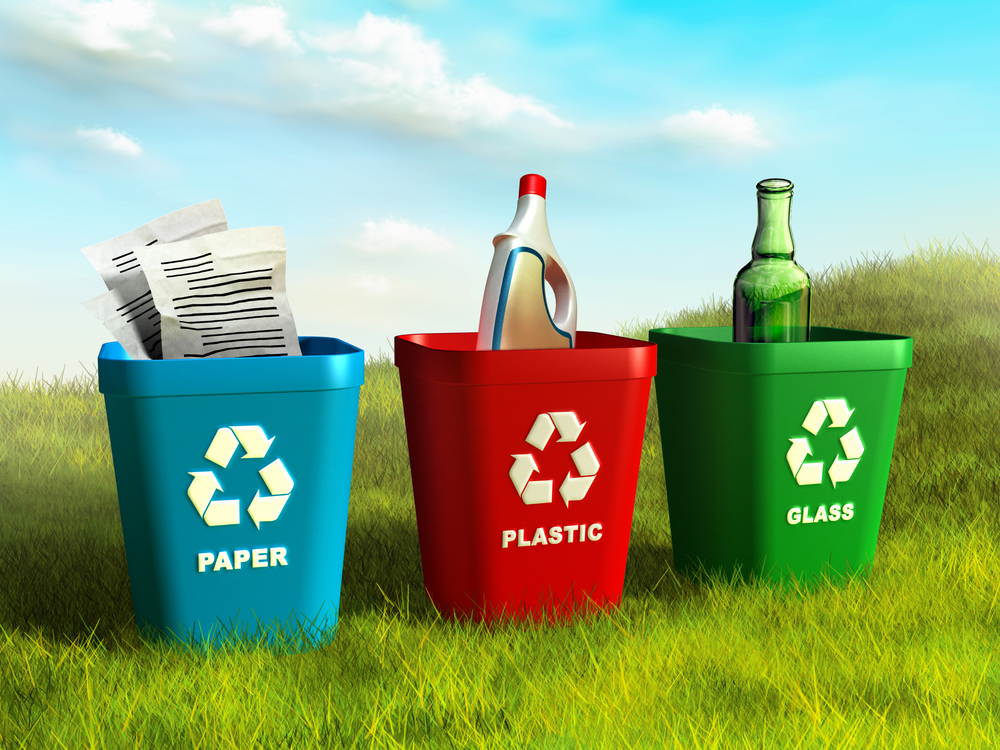
There is an excessive and wasteful use of clean water. The Earth naturally recycles its water, but new technologies help to speed up the process.
According to the Washington State Department of Health, our groundwater and surface water supplies are at risk of overuse in many areas. The demand can be greater than the amount supplied by rain and snowmelt.

Webmaster : Siravit Rungruang M54 No.12
Reference :https://walterschindler.com/investing-in-green-technology/7-green-technology-examples/
New advancements in green technology are designed to help manage and recycle waste material.
A new technology used by the Danish company Ørsted allows for unsorted household waste to be divided up into plastic fractions that can be used for recycling, and a plastic to textile fraction that can be used for fuel or for recycling. The main product, however, is a liquid where all the nutrients from the waste have been dissolved. They then convert this into a form of liquid that can be used to make biogas.

Self-sufficient buildings are buildings designed to be operated independently from infrastructural support services such as the electric power grid, gas grid, and municipal water systems.
Solar panels, for example, are designed to capture energy from the sun, but the majority of the sun’s energy is lost as heat. New inventions in solar panel design allow for the production of both electricity and heat. These solar panels help buildings produce their own heat and electricity through solar energy.
The front of these panels is designed to generate photovoltaic energy while the rear produces hot water by means of a heat exchanger. This provides households with free hot water that has been sourced in an environmentally friendly manner.

The energy from waves, tides and currents, known collectively as ocean energy, is a massive resource. The total energy available along the American continental shelf could potentially provide roughly half of the total US supply.
An Australian company has been working on a system that uses underwater buoys to convert sea waves into zero emission energy and desalinated water. The steel-made buoys, which can currently generate 240 kilowatts, are the main part of the system. The buoys are less susceptible to extreme weather damage while underwater waves are sufficient to generate power.
The buoys’ pumps drive the high-pressure water to an onshore power plant. The high-pressure water spins the turbines which then generates zero carbon electricity. The system can also be used to power a desalination plant. The company believes that the price for the electricity from the water will be competitive with diesel if it is deployed at a large scale.
Another promising technology in this sector is tidal energy. It has huge potential in the renewable energy market because of its predictable and consistent availability.
One of the greatest environmental polluters is the automotive industry, but many people worldwide depend on their cars. It is estimated that there are currently around two billion cars on the road, and within 20 years this number is predicted to double as a consequence of rapid growth in India and China. In the automotive industry, alternative fuel vehicles, also called green vehicles, have been introduced as an alternative that is less harmful to the environment.

Solar energy is the most abundant energy on earth and solar power is on the rise. While solar plants have become common in many households, the technology is still constantly improving.
Scientists have been able to overcome a design flaw of solar panels by allowing them to collect energy in both the rain and sun. These so-called all-weather solar panels allow any homes, no matter the geographical location, to produce electricity for their home. During rainfall the solar panel generates electricity from the force of the rain falling on their surface.
Vertical Farming is an eco-friendly technology that has the potential to solve our food production problems. The concept is to grow produce in stacked vertical layers rather than horizontally.
The benefit of vertical farming is increased sustainability. Some vertical farms don’t even require soil, and reduce water use exponentially. The technology allows us to build vertical farms in buildings around cities and provides people with fresh and nutritious food. The newest inventions in vertical farming, such as an intelligent root misting system for indoor produce, allows vertical farms to use 95% less water than a regular field.